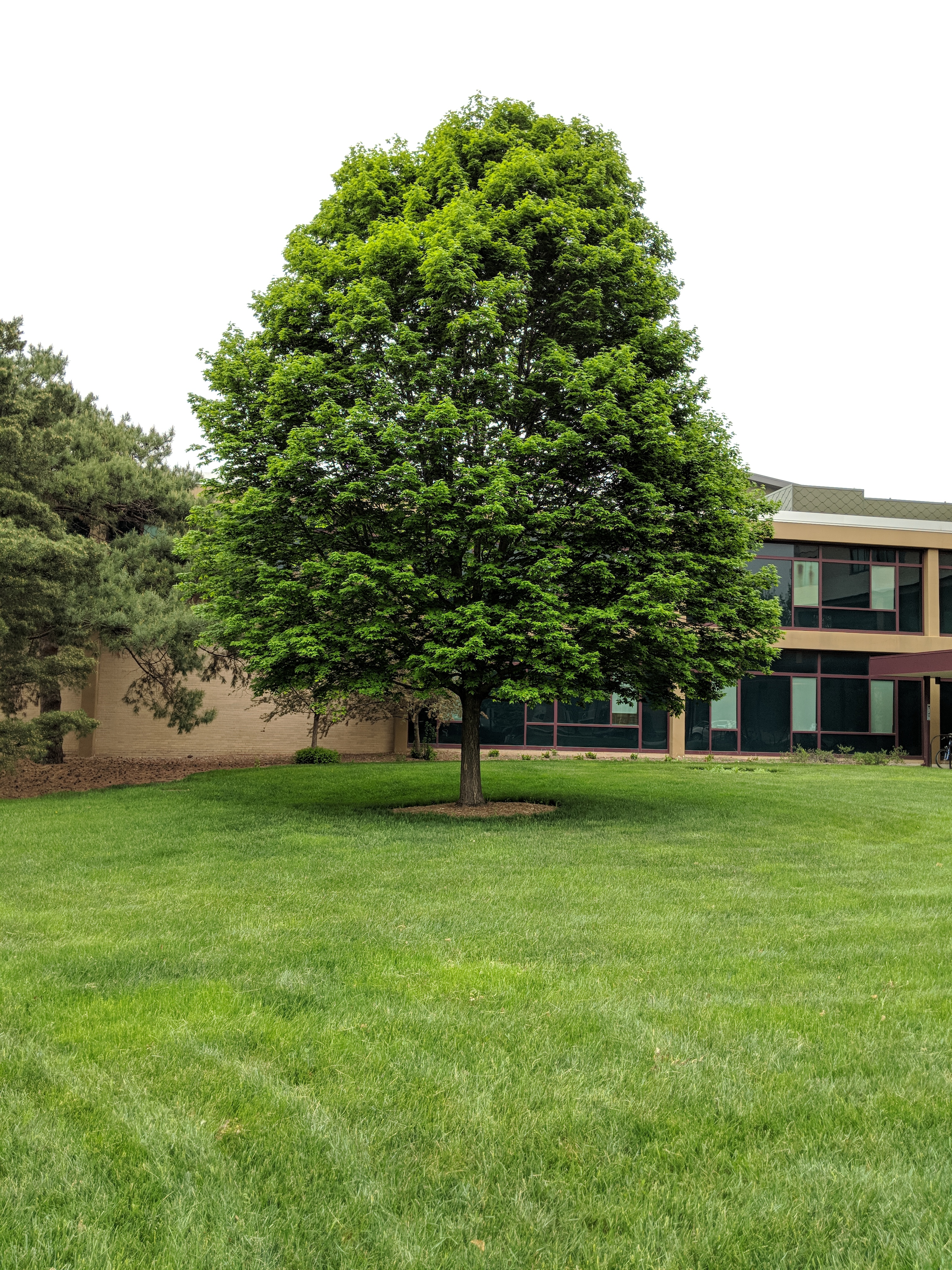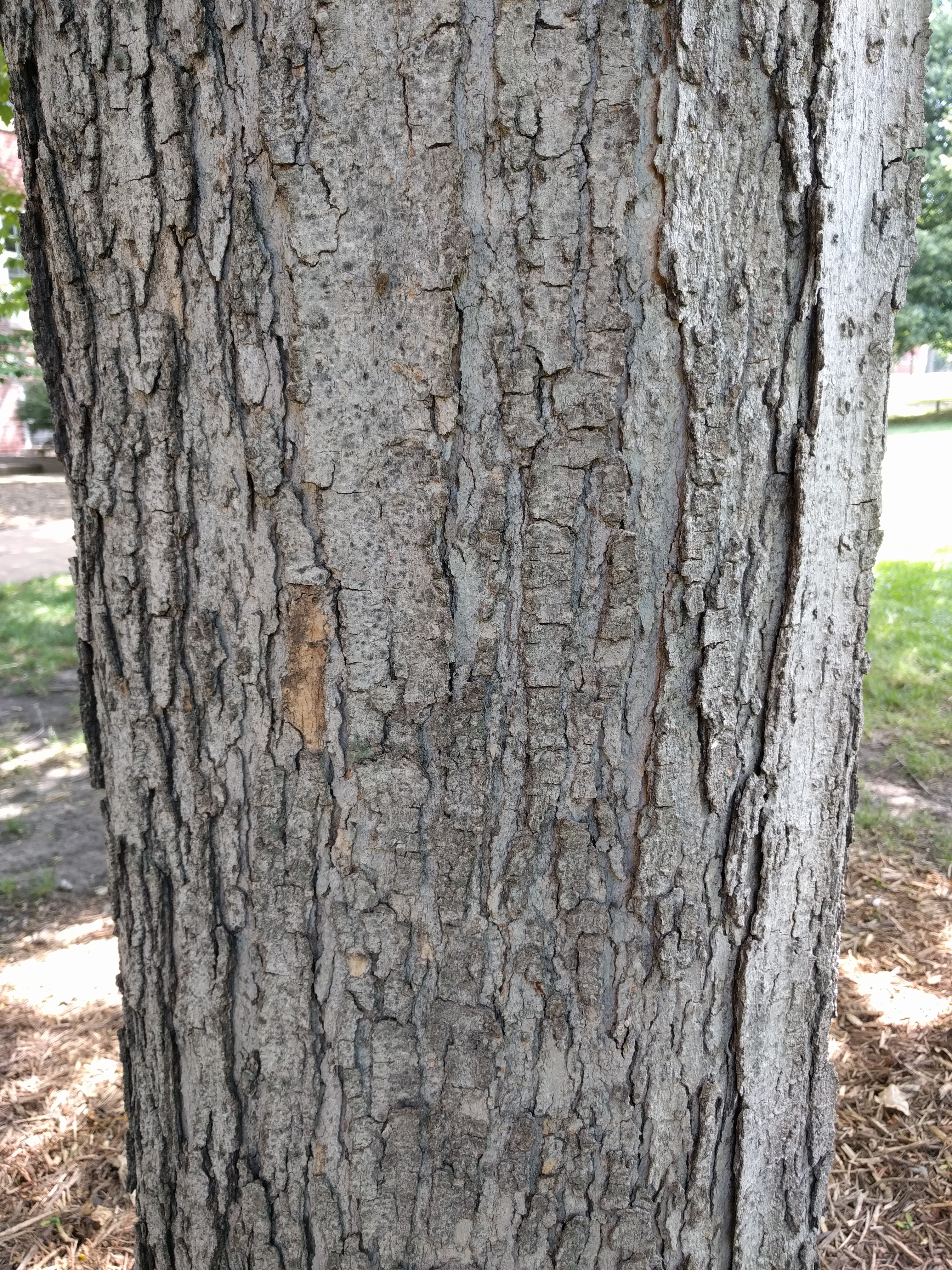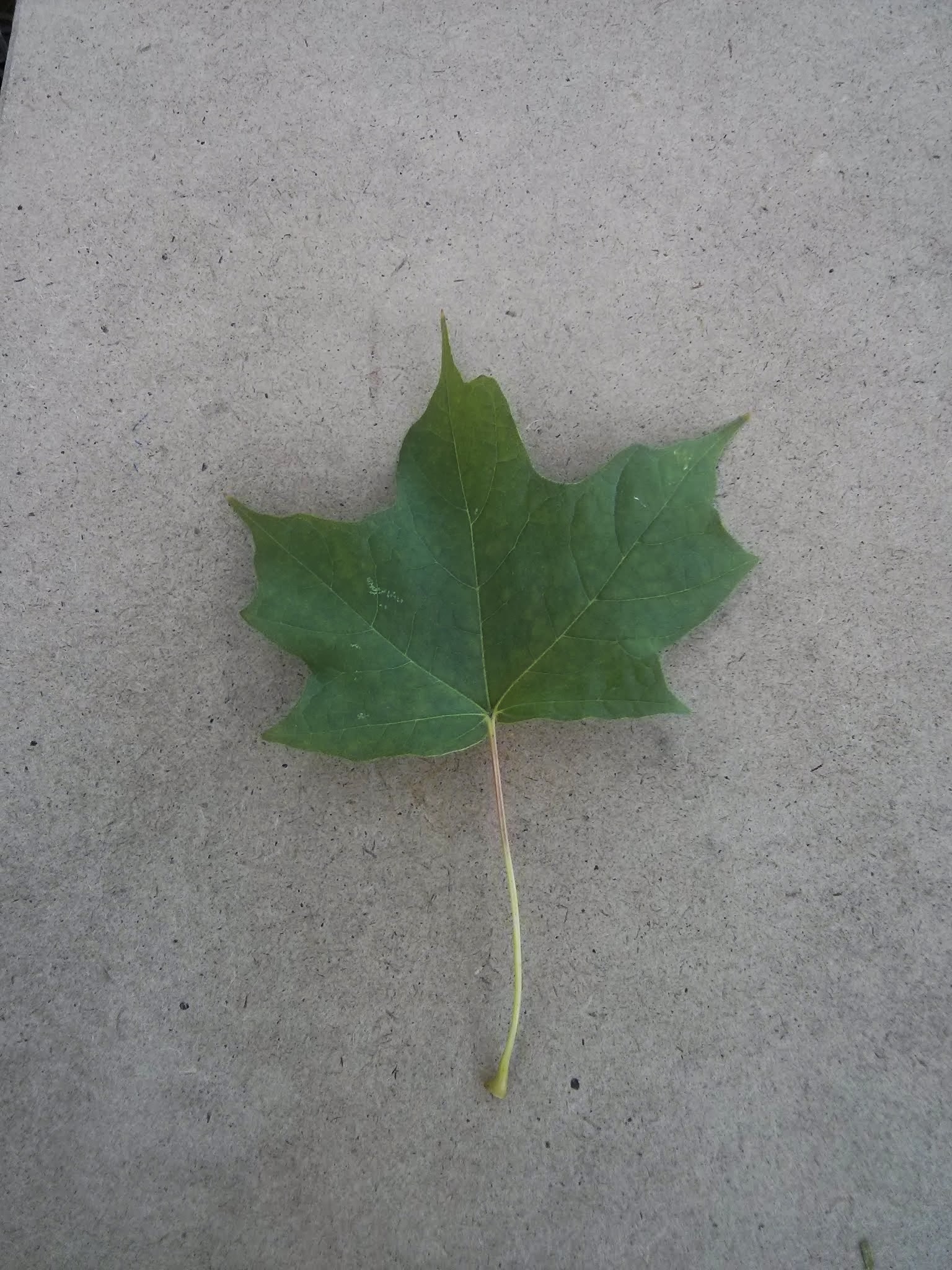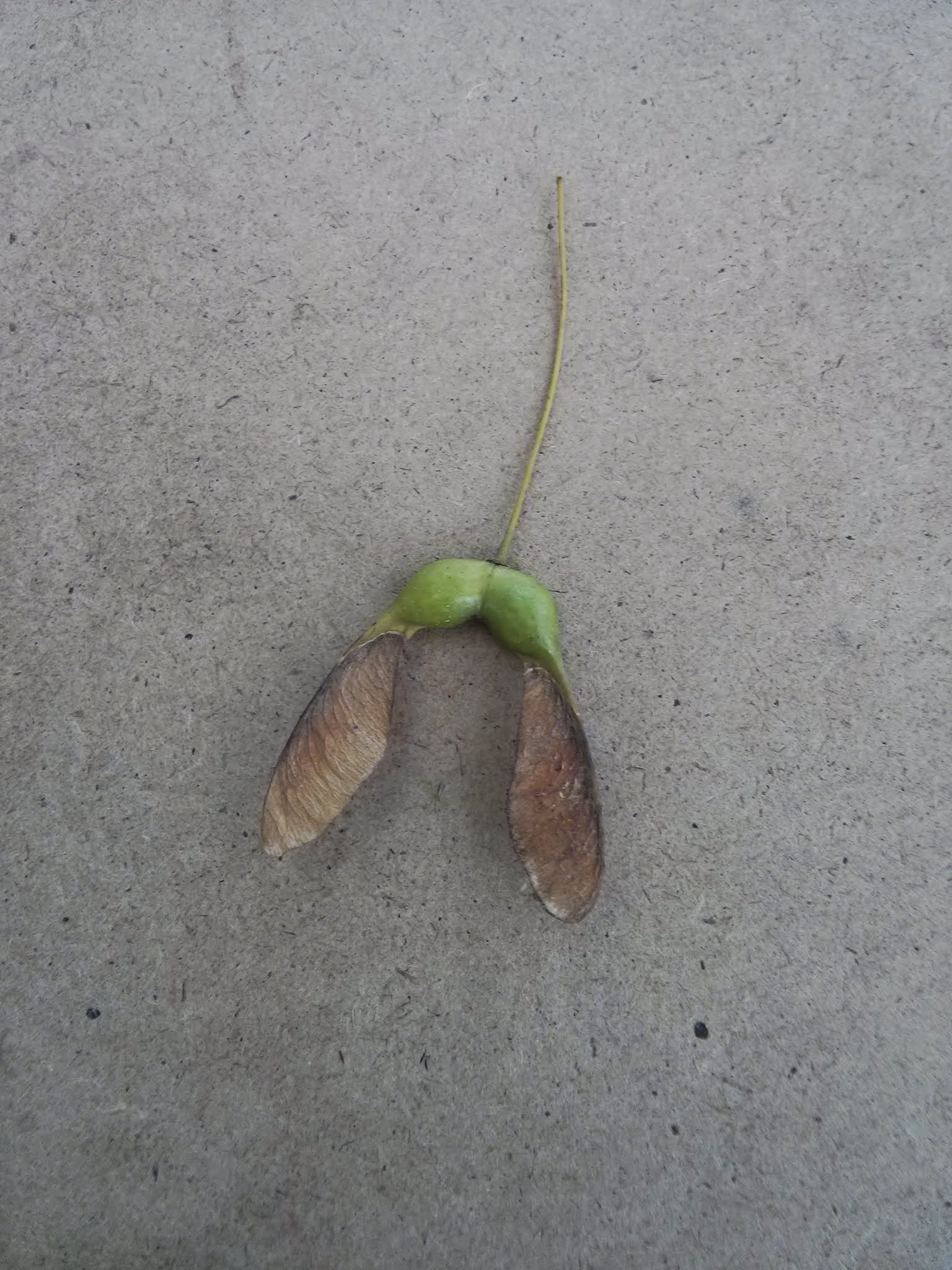Common Name: sugar maple
Scientific Name:
Family: Sapindaceae
Genus: Acer
Species: A. saccharum
Hardiness Zone: 3 to 8
Height: 40 to 80 ft
Width: 30 to 60 ft
Common characteristics:
The bark of sugar maples will be a light gray to brown and mostly smooth. Bark on older trees will be gray to almost black that appears to have plates or scales. Twigs are smooth and reddish-brown with sharp-pointed terminal winter buds. Leaves are simple and opposite on the stem. Leaves will have three- to five-pointed, smooth-edged lobes. They are dark green on the upper surface of the leaf and lighter green below. The sugar maple really shines in autumn when its leaves turn a brilliant shade of dark red, scarlet, orange, or yellow. The seeds of the sugar maple consist of two slightly connected wings or samaras, each containing one seed. These seeds are easily carried by the wind.
Where it grows:
The sugar maple is often seen in the urban environment but is more well-suited for the forest. It does not tolerate salt, small growing spaces, or drought well. These are all common in the city environment. It thrives on moist, well-drained soils and can be grown in full shade. The sugar maple can grow to be quite large and long-lived.
How it’s used:
Excellent specimen tree for yards or parks for its beautiful fall color. May be used as a boulevard tree in a location where road salt, soil compaction, and pollution will not be a significant problem.
Ecosystem services:
Used by insect pollinators, game birds, songbirds, small and game mammals
Where it is native to:
The sugar maple is native to the Eastern United States. Locally it will grow in cool, rich locations in the eastern half of the state.
Known Varieties and Their Traits:
Apollo® sugar maple (Acer saccharum ‘Barrett Cole'’): This cultivar is narrow and more columnar than the species, growing 30 feet tall and 10 feet wide. Fall color is yellow-orange to red.
Autumn Fest® sugar maple (Acer saccharum ‘JFS-KW8'): An upright, oval cultivar growing 50 feet high and 35 feet wide. Faster growing than the species. Reliable orange-red to red color.
Commemoration® sugar maple (Acer saccharum ‘Commemoration’): 50 feet tall and 35 feet wide, with an oval to rounded form. Faster growth rate than the species. Thick green leaves are resistant to leaf tatter. Fall color is orange to orange-red.
Crescendo™ sugar maple (Acer saccharum ‘Morton’): 30 to 40 feet high and 30 feet wide; broadly oval shape. Tolerant to heat and drought once established. Dark green leaves that turn orange-red in the fall. Introduced by The Morton Arboretum through Chicagoland® Grows.
Fall Fiesta® sugar maple (Acer saccharum 'Bailsta'): 60 to 70 feet high and 40 to 50 feet wide; oval to rounded shape. Leathery glossy green leaves turning yellow, orange, and red in fall. Faster growing than other sugar maples.
Green Mountain® sugar maple (Acer saccharum ‘Green Mountain’): 50 to 60 feet high and 45 to 50 feet wide; upright, oval shape. Adaptable to moderately high pH. Tolerant of heat and dry conditions. Dark green leathery foliage that turns orange and golden yellow during fall. Thick leaves are resistant to leaf scorch.
Legacy® sugar maple (Acer saccharum ‘Legacy’): Oval form; growing 50 feet high and 35 feet wide. Very thick, green leaves are resistant to tatter and drought damage. Red-orange to red fall color.
Problems:
Susceptible to leaf scorch, verticillium wilt, tar spot, and anthracnose. Very susceptible to borer insects and cottony maple scale. Suffers from salt, drought, and air pollution.
References:
Minnesota Department of Natural Resources



